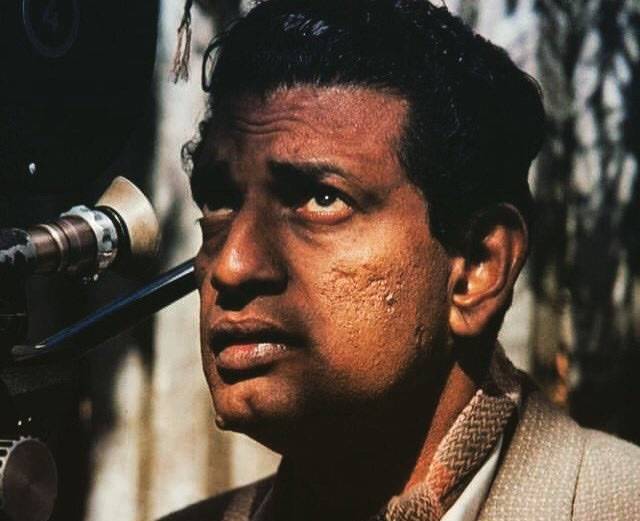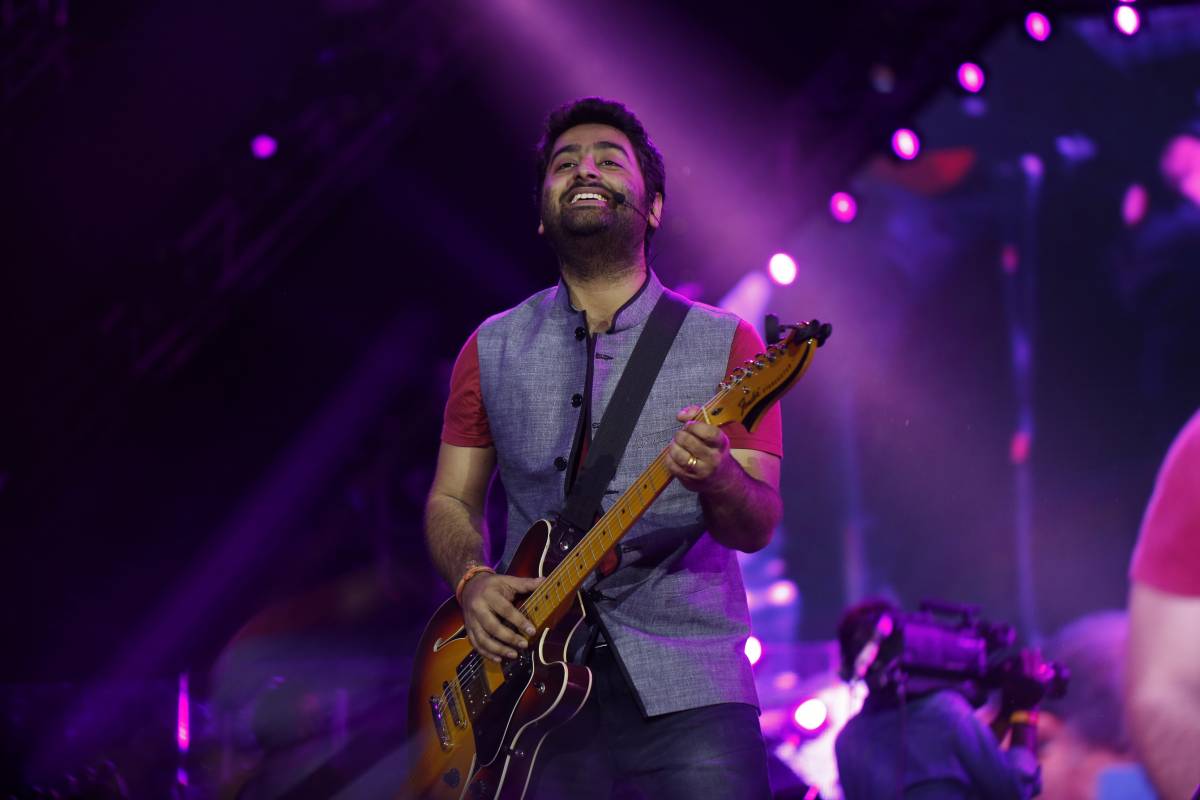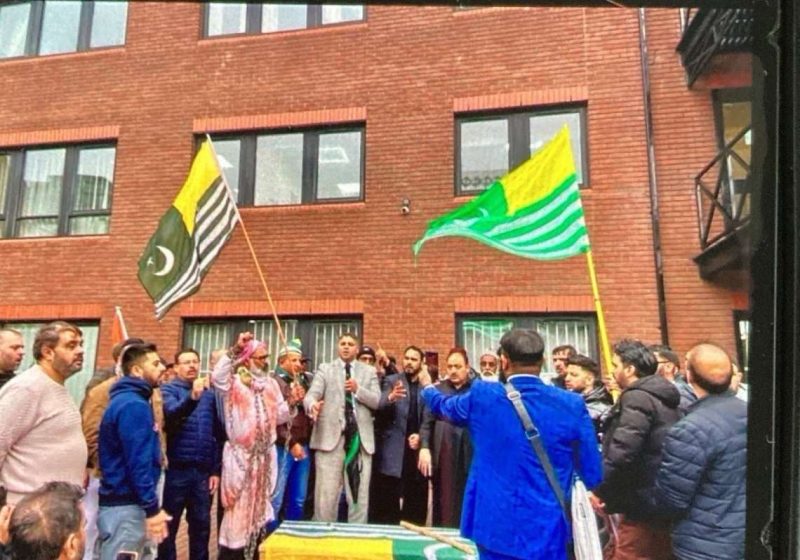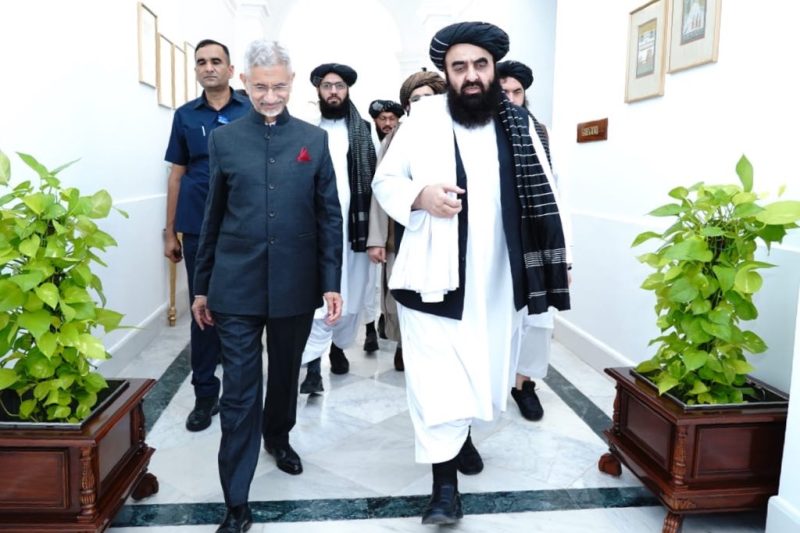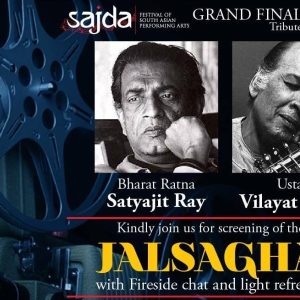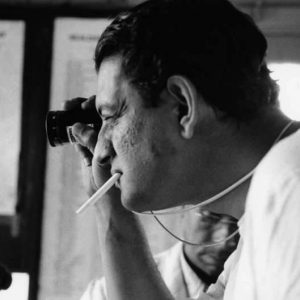I saw “Music Room” in June 1965 with other world cinema classics. The film had an electrifying effect on me for I had never seen or heard Indian classical music before this was a revelation for me … writes Dilip Roy
“Do not lose your reverence for the past; it is on the past that you plant your foot firmly, if you wish to mount high in the future.”
Bankimchandra Chatterjee (1838 – 1894)
I was inducted into the classical cultures of East and West by two twentieth-century cultural giants of India namely Satyajit Ray and Zubin Mehta both of whom I have met personally. It was Satyajit Ray’s 1957 Bengali film Jalsaghar (The Music Room) as the title suggests the story revolves around classical music which used to be a passion for Zamindars (Landlords) of India as patrons, they used to host concerts by inviting famous musicians in their palaces and the people who attend these soirees would be well versed in the appreciation of classical music.

I saw “Music Room” in June 1965 with other world cinema classics. The film had an electrifying effect on me for I had never seen or heard Indian classical music before this was a revelation for me. Here was a cinema which had all the hallmarks of a powerful story combined with the best of classical music performed by some of the finest ensemble artists of India of such repute as Vilayat Khan, Bhismilla Khan, vocalists Begum Akhtar and Waheed Khan and dancer Roshan Kumari a well known Kathak exponent of India which was the highlight of the film. Since then this movie has become my all time favourite. Jalsaghar ran for full eight months in a Paris cinema Satyajit Ray told me personally when we last met.
The effect of Jalsaghar was so great that Indian classical music became a passion. I started collecting both vocal as well as instrumental records soon I had substantial numbers of vinyl collection. I also became a member of Indian cultural institute based in West London where I managed to see the performances of most of the veteran artists of India some are not even alive today. All this I would attribute to Satyajit Ray who himself was well versed in classical music. Ray also became my mentor as I was venturing into the world of cinema as a career. As far as Western classical music is concerned, it is maestro Zubin Mehta who is responsible for drawing my attention to it. like Ray, Mehta is the only world renowned Indian artist in the European classical world as conductor. It was the year 1990 when concert called TheThreeTenors was being broadcast on television live from Rome with world renowned singers. I watched with great pride and later I discovered that he is the most sought after conductor in the world today. Naturally, I started collecting DVD and vinyl records of Mehta and now I have excellent Mehta collection in my library.
Besides he is also responsible for opening up my eyes to the greatest European composers such as Beethoven, Mahler, Mozart, Richard Strauss and Richard Wagner. It was a famous opera of Wagner called Tannhauser and Mehta as a conductor was being broadcast on television live from Munich in 1994 which I watched with great enthusiasm. Since then I discovered that Richard Wagner (1813-1883) was a unique 19th-century personality like most German contemporaries of his time were inspired by India’s classical literature and philosophy. He was a writer of prose works, composer, librettist and a philosopher and remains unmatched to date, a supreme European artist the world has ever produced. Richard Wagner is the Grandfather of European classical music says Maestro Zubin Mehta whose influence on other composers who came after him have been profound. I have now a complete recording of Wagner operas and prose works in my collection and have become one of the greatest admirers of Richard Wagner. I also became a member of Wagner Society of London in 2010 and managed to get three articles published in the societies quarterly journal and between 2020-21 my articles on Wagner were published by Australia, New Zealand and Scotland Wagner societies respectively. I also managed to see Wagner’s other operas at London’s Royal Opera House.


